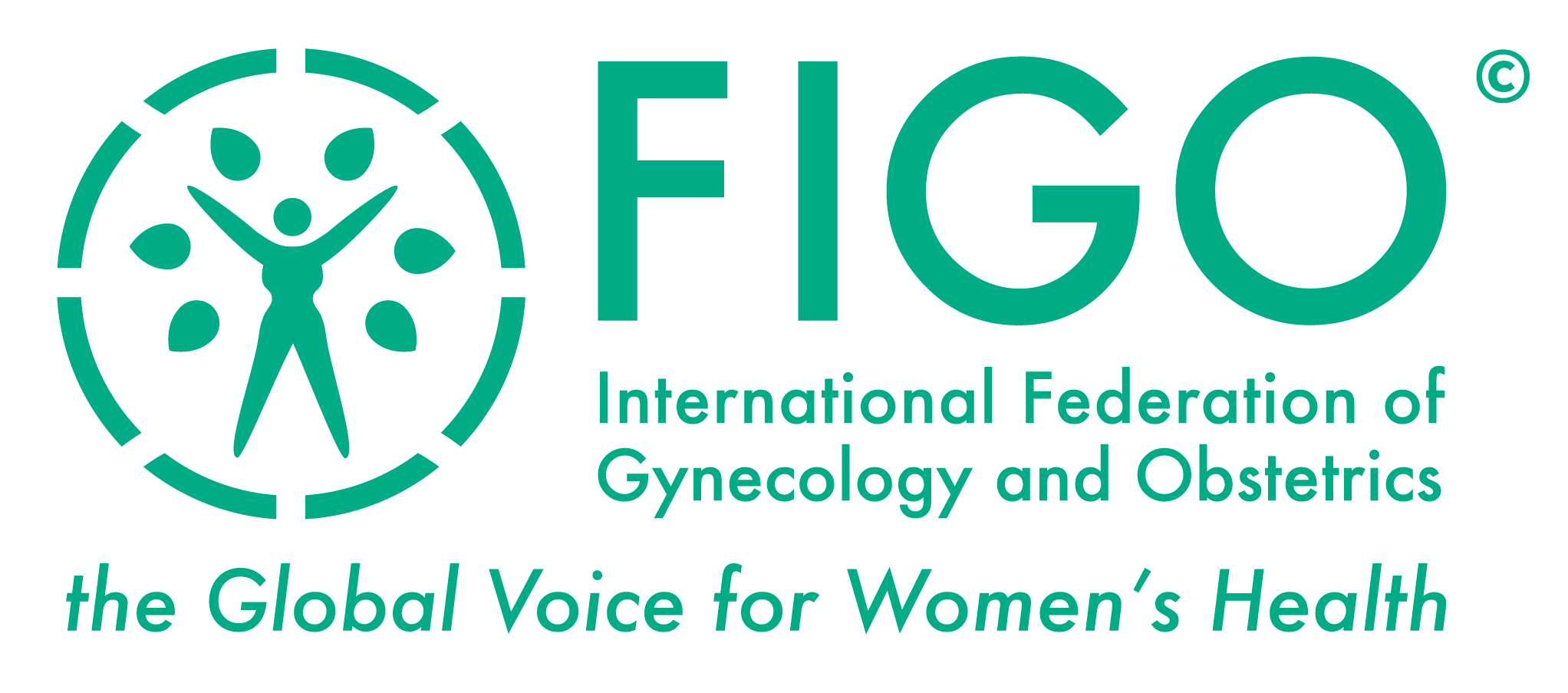
6. Identify the infertile and develop protocols to transition between primary and advanced care: By identifying fertile and infertile couples, couples with normal fertility can be educated and advised to wait so as to avoid unnecessary interventions, while others can be treated or referred.
Identify those with infertility so that they can receive appropriate diagnosis, treatment and support. Further educate patients on the effect of age of the female partner, years of infertility, recurrent gynecologic infections, unsafe pregnancy termination, and other factors, which can jeopardize the success rate of any form of therapy. Normal couples can be educated, including information about non-intervention methods that optimize natural conception and pregnancy outcome, and advised to wait to avoid meddlesome and unnecessary interventions.
In the absence of trained personnel, infertile couples need to be referred to higher levels of care where infertility specialists can provide further counselling and/or specific treatments. In general, this transition is difficult due to lack of protocols for the transfer of patients. Furthermore, trained professionals are frequently lacking in referral centres or have long waiting lists. These conditions must be identified at the PHC to avoid unrealistic expectations as well as the suffering that results from inefficient transfer of patients from one place to the other seeking medical treatment.
The most important action at the primary care level is to build up a network of institutions capable of dealing with infertile patients in the most efficient way. The PCP should work with the government health organization representatives (Ministry of Health or equivalent) to develop and implement protocols for the efficient transfer of infertile patients to facilities where they can receive appropriate treatments.
